I remember the first time I noticed the millennium had passed. I was sitting in a new boutique hotel in Mayfair, drinking a “citric purée” – lovingly rather than ironically made from the barman’s leftover juice peels. The bar was full of plants and women in oversized oatmeal-colored cardigans and designer clutches. A DJ was spinning soft disco-jazz beats and the air smelled of jasmine candles.
It was then that I, as a thirty-year-old Londoner, realised how drastically my surroundings had changed without me really realising it. Ten years ago, looking for a drink in the latest hip hotel, I would have been sitting on a barrel in a dungeon, sipping a gin cocktail served in a milk carton.
1 Hotel Mayfair is among the capital’s most anticipated recent hotel launches. In a way, it’s the one I found most interesting. I first started covering boutique hotel openings for this newspaper almost a decade ago, when the industry was reeling in excitement from the disruptive power of twenty-something millennials. This generation was expected to transform the industry and break with traditional ideas about big lady luxury really embraces designer boutiques (Blakes in South Kensington was the first of its kind in 1978) and homely boutiques with soft duvets and cosy fireplaces.
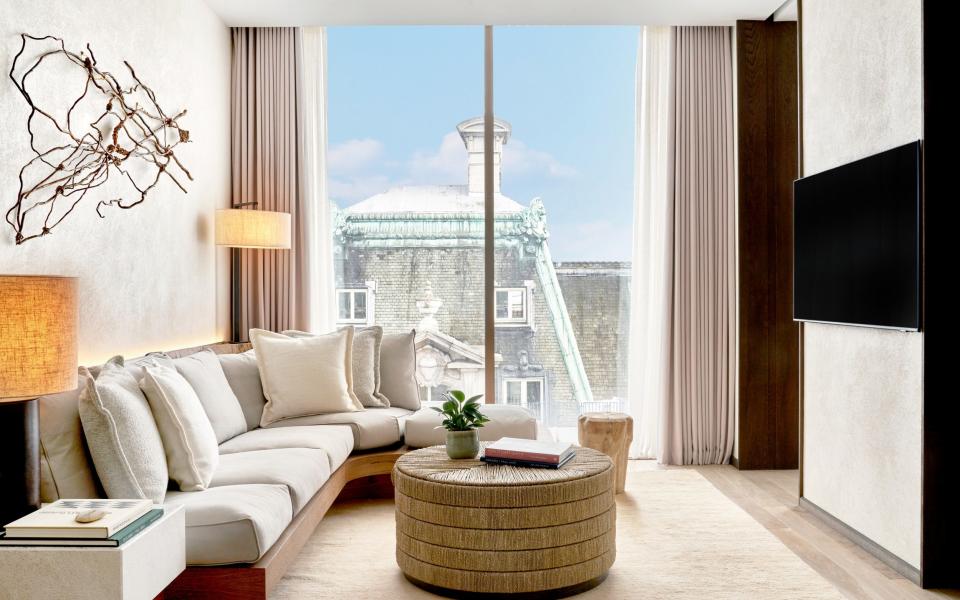
The hotel industry adapted to this emerging clientele. The measure of a luxury room was no longer the size of the television, but the fervor of the rain shower. The once-dangerous minibar became obsolete, with millennials more impressed by bartenders who could make a custom negroni to their taste. Nineties luxury, all shabby-chic Louis cabinets and playful pop-art colors, gave way to industrial chic, all dangling lightbulbs and exposed brick.
The question is what the next phase of this revolution will look like as millennials grow older and Gen Z gains more purchasing power and enters the scene.
That was the question that brought me to 1 Hotel Mayfair, one of 16 properties in a hotel group that specifically caters to the tastes of millennials as they age. The company is certainly trying to tap into the increased awareness of the climate crisis, with filter taps in rooms replacing plastic bottles. The dry stone walls are from Yorkshire and the reception area is carved from naturally felled Sussex timber.
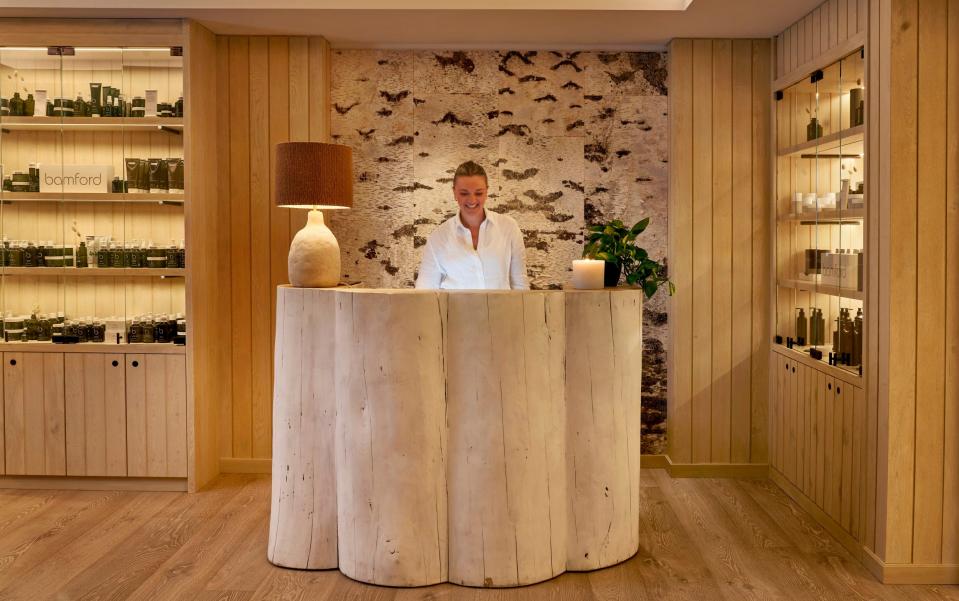

Such hotels are also increasingly trying to offer guests resort-style options while still retaining the intimacy of a small hotel. Some guests, who can be seen wandering the corridors in their grey jersey hotel slippers, check into 1 Hotel for the “quiet rituals” at the Bamford spa; others make the pilgrimage to sample Michelin-starred Tom Sellers, who runs the Dovetale restaurant.
Firmdale, the brainchild of British interior designer Kit Kemp, was a pioneering boutique group that remains a major player on the scene today. In a way, as Kemp expands her chain of vibrant and intimate retreats, including a recently opened New York property on the Hudson River, the aim is simply to build on the company’s tried-and-tested formula.
“Warren Street Hotel has a village feel with lots of colour, just like the other hotels. It’s important that each hotel has its own character,” says Kemp. But the group has also moved with the times. When Ham Yard opened in 2014, a stone’s throw from Covent Garden, it billed itself as a five-star urban playground, complete with LA juice bar, bowling alley and private cinema. With its unashamedly clashing colours and bustling bar, the public spaces on the ground floor can get pretty rowdy; it’s established itself as the place to be in theatreland.
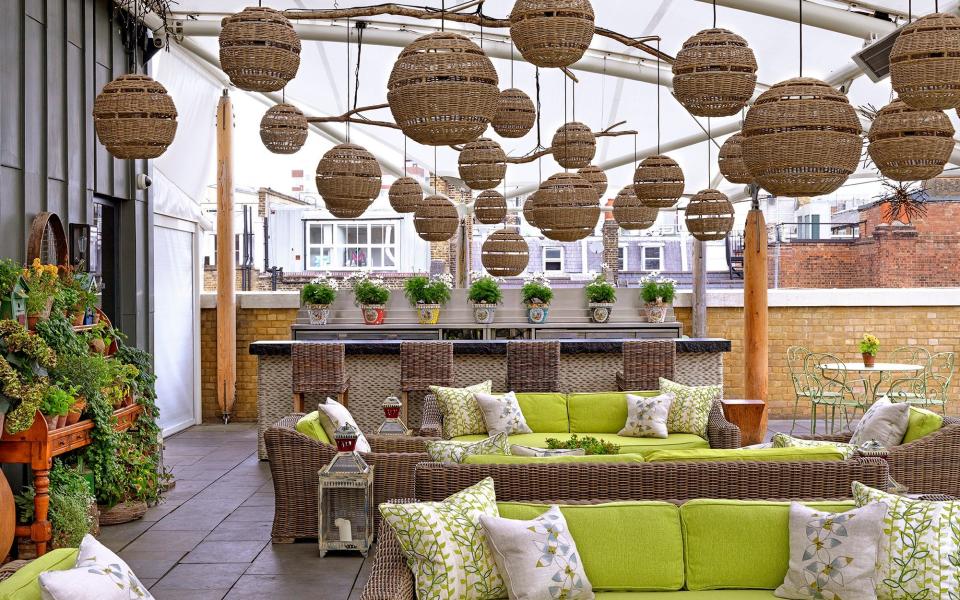

But to the delight of millennials, Ham Yard has nailed the delicate balance between party hotel and serene oasis. The guests-only library, with its authentic feel – all antique armchairs, hand-stitched curtains and high ceilings – is the perfect place to curl up with a book and a drink from the honesty bar. The rooftop bar – also usually only open to guests – is an oasis from the city below, with its tinkling fountains and the hum of resident bees. It’s no surprise, then, that the hotel is as popular with thirtysomething professionals as it is with Gen X devotees of the Kit Kemp cult of the 80s and 90s.
It’s no surprise that American entrepreneurs are embracing the British “boutique village” model. Take Standard Hotels, with its fast-growing portfolio of properties from London to the Maldives to Miami Beach. When the first Standard Hotel opened on LA’s Sunset Strip in 1999, the brainchild of Hollywood hedonist André Balazs, it was the consummate party hotel, with its poolside discos, nightclub and 24-hour dining.
When I recently visited their New York High Line location, which opened in 2014, I was struck by how successfully the boutique group had adapted its it-crowd brand to the nostalgic, kid-at-heart guest of the first millennial revolution. A fluorescent pink bumper-car ring had “popped up” outside the building, while idiosyncratic public spaces included a beer garden.
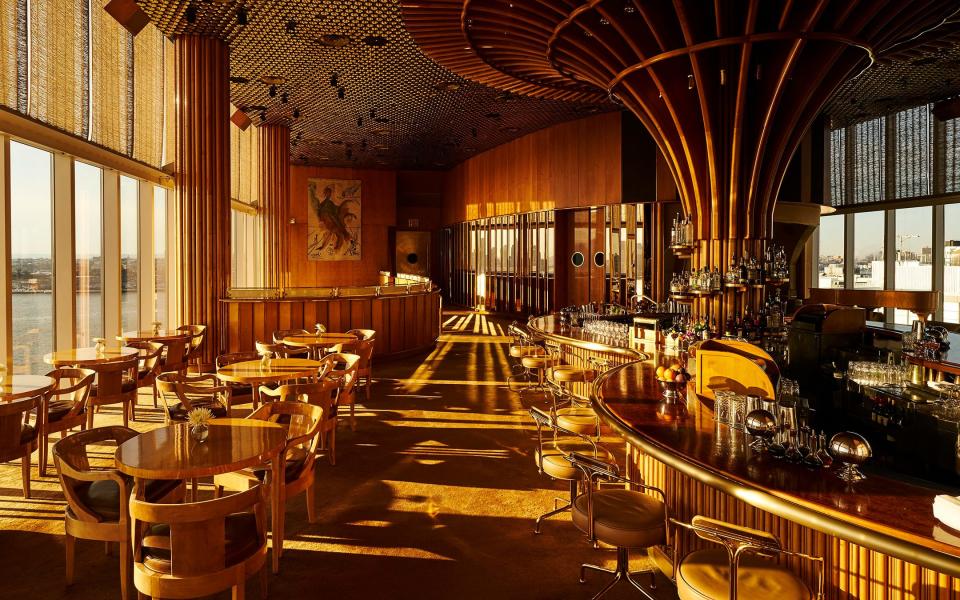

With André Balazs stepping down from the group in 2017, the Standard group has also launched a new, more affordable “rebel sibling” called StandardX, aimed at 20-something Gen Zers and younger millennials. The first hotel opens this month in Melbourne’s Fitzroy neighbourhood. Inspired by Nick Cave’s ’80s heyday, the unfussy bohemian interiors – all macramé-wrapped columns and crackling fireplaces – aim less to transport guests to another world and more to reflect the suburban vibe of the area.
Boutique hotels are once again pushing the boundaries, not just out of visionary determination but also competitive pressure. In recent years, many multinationals have entered the market with their own ‘boutique’ spin-offs, from Canopy by Hilton to Marriott’s chain of Moxy hotels.
On my last trip to Paris, I checked into a Canopy by Hilton Trocadero, which opened shortly after the pandemic. A 1930s electronics factory with a preserved Art Deco facade and a lobby full of cubist art, it was an unequivocal challenge to Paris’s small independent design hotels. True, the exhibition walls of mass-produced trinkets and identikit rooms gave away the hotel’s ownership of a major corporate chain. But with a funky restaurant serving intriguing small plates (carrot and goat curry) and an intimate rooftop bar with Instagram-worthy views of the Eiffel Tower, you might wonder whether the mega-chains have devised a dangerous formula for imitation.
Especially when you consider that some independent hotel designers who need financing for their projects have started working with multinational groups; Marriott Hotels’ partnership with Ian Schrager to launch the London Edition over a decade ago remains the classic example of this. Fast forward to 2024 and it’s something of a big lady of London boutique hotels. The cosy bar with its open fire, famous for its milk punch cocktails, has remained a favourite of mine over the years.
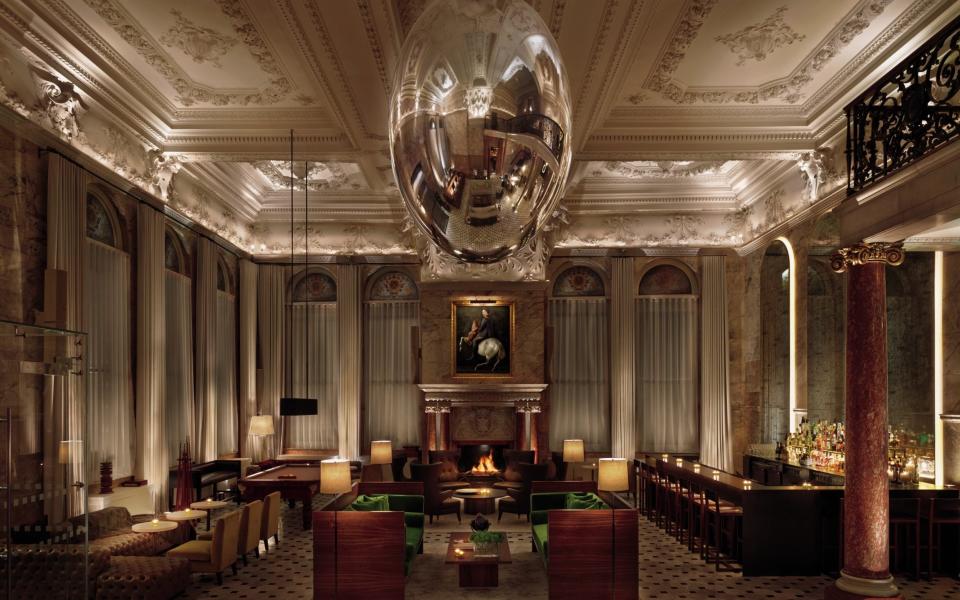

The entry of large companies with the ability to scale “boutique” products at competitive prices is encouraging not only luxury groups but also smaller outfits targeting the affordable end of the market to up their game. Take Netherlands-based CitizenM, which has grown from a single design hotel in Schiphol Airport to an organization with “affordable luxury” outfits in 20 locations. It seems forced to compete with the points-based loyalty programs that have long been the secret weapon of big hotel brands by putting its own spin on a membership program, offering discounts, late checkouts and rooms with the best views for a monthly subscription fee.
The question of how boutique hotels can expand while retaining their elusive, idiosyncratic X-factor will be a key one going forward. Take the Pig Hotels group, a collection of innovative restaurants with rooms featuring their own vegetable gardens, founded by Robin Hutson OBE. Despite its parent company being acquired by a private equity firm in 2022, Hutson remains committed to the spirit of the independent boutique enterprise, arguing that mega-chains have a “distinctive smell, something you can’t put your finger on, but guests can smell the difference”.
Perhaps he has reason to be confident. His nine-strong brood of Pig Hotels, with two more in the works, remains a masterclass in understated authenticity. From the roaring fireplaces flanked by wicker baskets heaped with fresh logs to the shabby-chic mohair sofas and curated antiques, the vibe is clubby rather than corporate. While there are similarities in the food—with the group’s “piggy bits” appetizers, featuring things like pigs in blankets and sublime pork rinds with apple sauce, enjoying something of a cult following—the locally sourced, 25-mile menus are unique to each location in design.
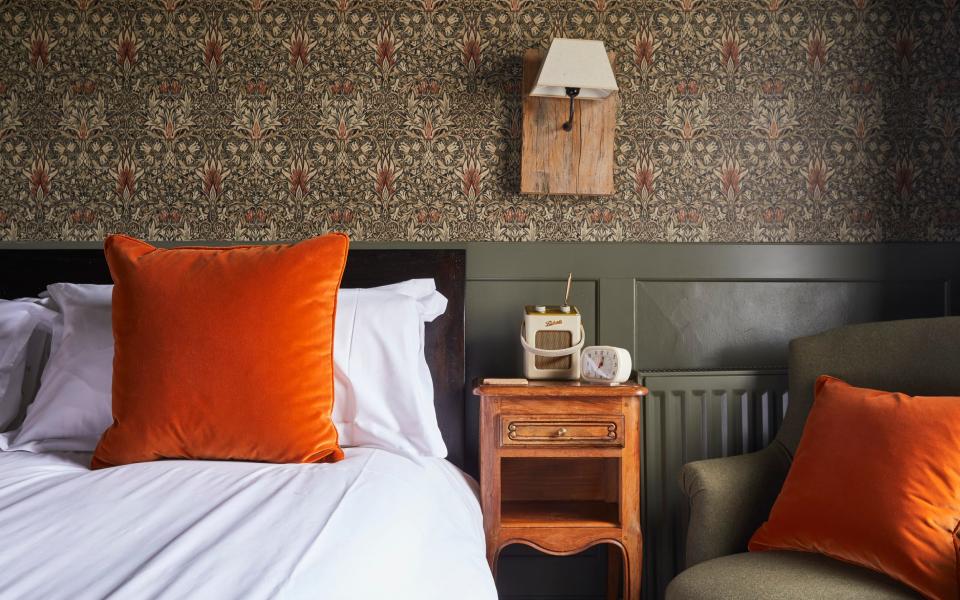

The brand’s cross-generational appeal is another key to its success. Pig Hotels offer the comfort and quirkiness that boomers love, as well as the authenticity and sense of place that millennials and Gen Z crave. For such small properties, their calendars are surprisingly packed with events, from healing sessions with homegrown herbs to wild swimming and yoga retreats.
The Pig isn’t the only player in the industry trying to balance authenticity and ambition. The Soho House group recently announced that they will stop taking on new members next year, following complaints that their properties, many of which include hotels, are becoming too crowded and losing their charm.
“Once you try to institutionalize an institution, [boutique] hotels, you lose the uniqueness that made them,” says Raul Leal of 1 Hotels. “Once you put them in a box, you lose that magic overnight.”